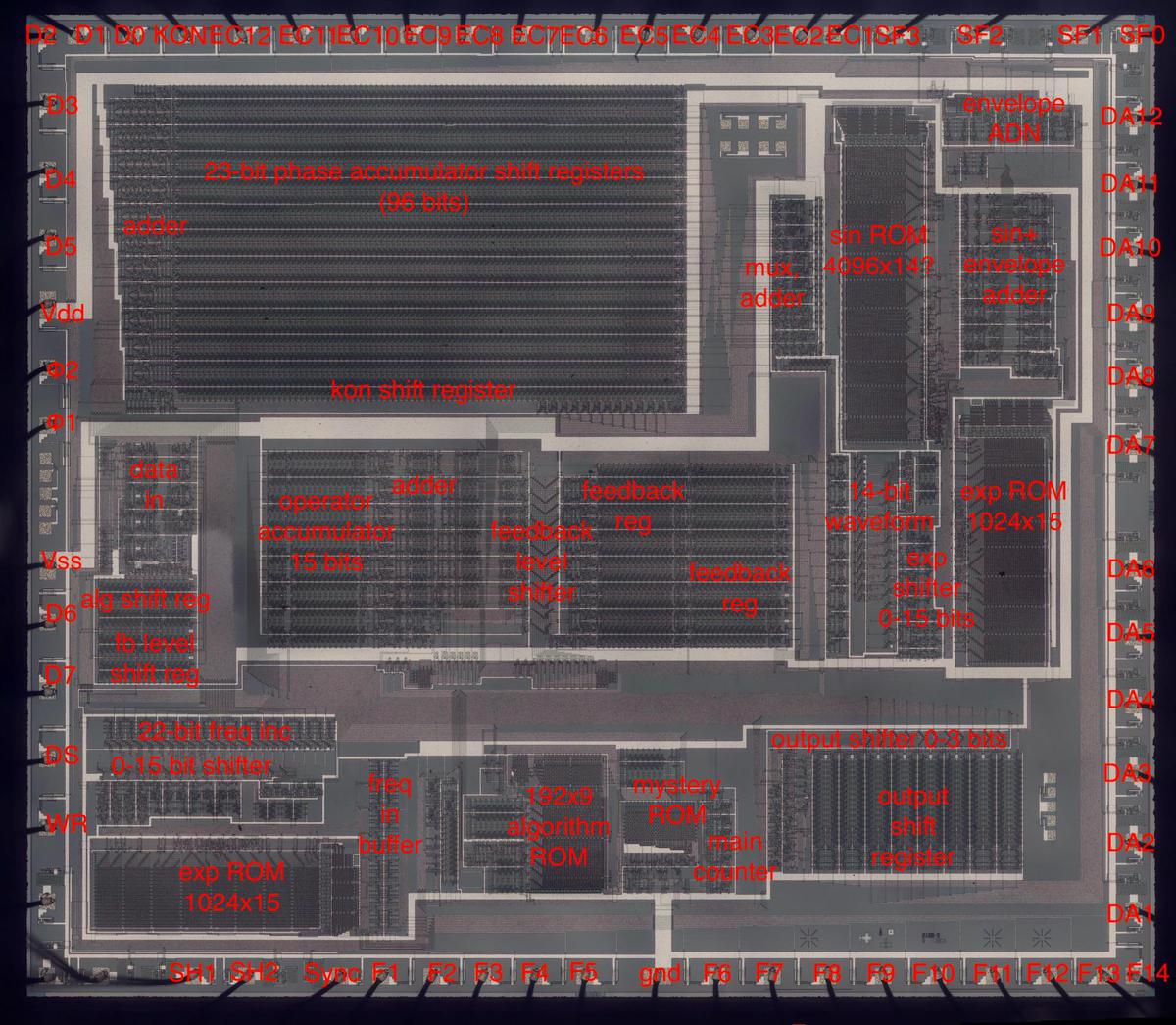The Yamaha DX7, introduced in 1983 and sold until 1989, was the first successful commercial synthesiser to employ the digital waveform generation technique called FM synthesis, invented by John Chowning at Stanford University. The sound generation process was entirely digital, with sixteen voices and six digital sine wave generators per voice. Voices were fully programmable, with 32 patching algorithms to combine the oscillator waveforms into the voice output.
At introduction, Yamaha hoped to sell around 20,000 DX7s, but received more than 150,000 orders in the first year and shipped more than 200,000 in the first three years. Chowning’s patent on FM synthesis, 4,018,121, became one of the highest earning in Stanford’s portfolio.
The “glassy” sound of the DX7 became the heart of 1980s pop music, used by artists including Chicago, Phil Collins, Whitney Houston, Michael Jackson, Kool & the Gang, Dolly Parton, and Kenny Loggins. Brian Eno became a DX7 programming wizard and created novel voices for his ambient music productions.
Now, Ken Shirriff has de-capped a DX7 YM21280 “Operator chip”, photographed the die, and reverse-engineered it from the block diagram down to the transistor level in “Reverse-engineering the Yamaha DX7 synthesizer’s sound chip from die photos”. This is a long article (5800 words), but a superb deep dive into the technology that remade music making and made digital synthesis the standard for popular music.
